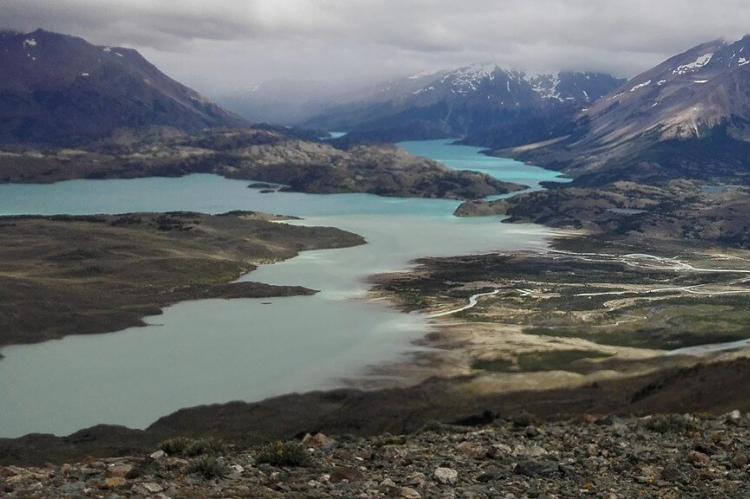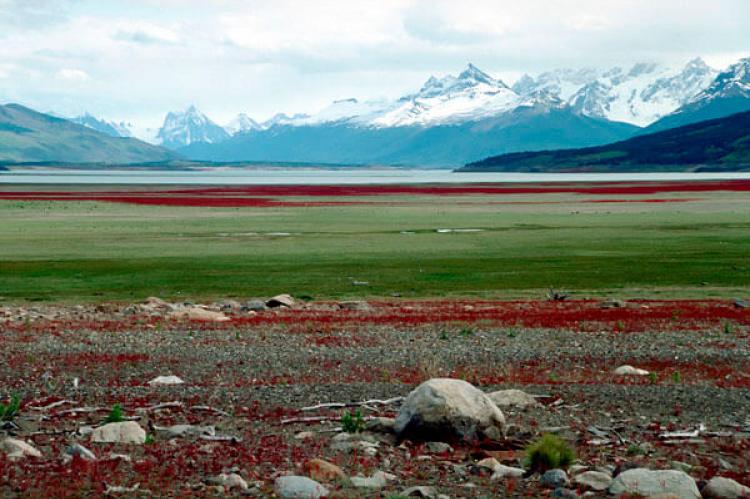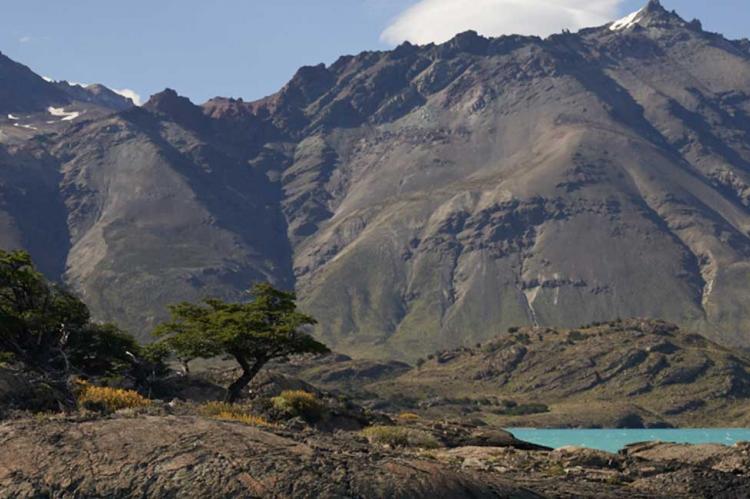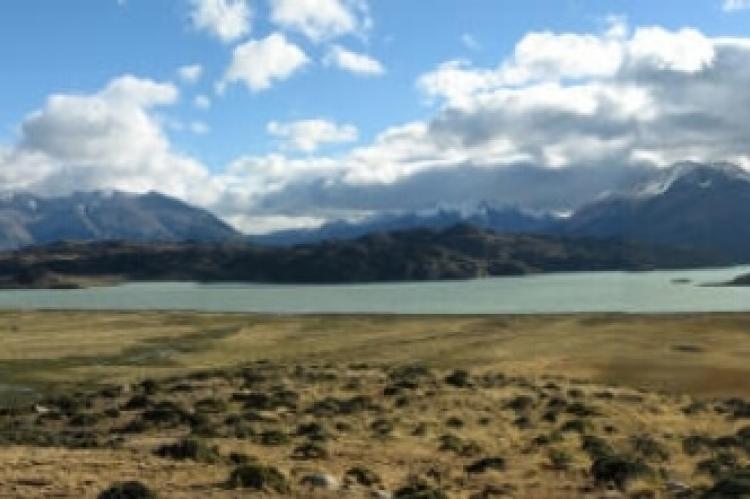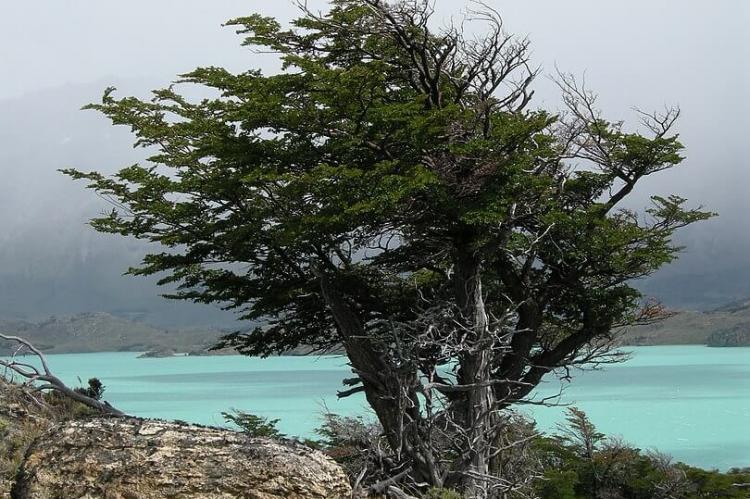Perito Moreno National Park: A Patagonian Paradise
Perito Moreno National Park is in the heart of Patagonia, Argentina's southern region. This pristine wilderness area showcases the beauty and grandeur of this remote corner of the world. It is named after the explorer Francisco "Perito" Moreno, who was crucial in establishing Argentina's park system.
Perito Moreno National Park: A Patagonian Paradise
Situated in the heart of Patagonia, the southern region of Argentina, lies Perito Moreno National Park, a pristine wilderness area that showcases the beauty and grandeur of this remote corner of the world. Established in 1937, this national park is one of the oldest in Argentina and covers an expansive 126,830 hectares (313,400 acres). Named after the renowned explorer Francisco "Perito" Moreno, who played a crucial role in establishing Argentina's park system, Perito Moreno National Park offers visitors a chance to immerse themselves in Patagonia's rugged landscapes and diverse ecosystems.
Geographic Wonders
Valleys and Mountain Ranges
The park encompasses a series of valleys at approximately 900 meters (3,000 feet) above sea level, traversed by mountain ranges stretching east to west and north to south. The highest peak within the park's boundaries is Cerro Heros, which rises to an impressive 2,770 meters (9,087 feet) above sea level. Just outside the park's borders stands the glacier-covered Monte San Lorenzo, also known as Monte Cochrane, towering at a majestic 3,706 meters (12,159 feet).
Lakes, Rivers, and Basins
Perito Moreno National Park is a land of water, with two main basins comprising eight lakes, numerous rivers, and streams. The Pacific basin feeds into Lago Mogote, which flows into Lago Volcán, while the Atlantic basin hosts Lago Burmeister at 932 meters (3,057 feet). Numerous rivers traverse the basin, eventually reaching the Atlantic Ocean in the east.
Climate and Weather
The park's area experiences a cold climate, ranging from a wet environment in the west to a dry one in the east. Temperatures can drop below -25°C (-13°F) during the winter months, and snowfall can occur any month of the year. Summer brings milder temperatures, with a mean of around 15°C (59°F). However, the area is known for its strong and persistent westerly winds, which blow throughout the year. The mean annual rainfall varies significantly, ranging from 3,000 millimeters (120 inches) in the west to just 400 millimeters (16 inches) in the east.
Biodiversity and Conservation
Ecoregions and Flora
Perito Moreno National Park has two distinct ecoregions: the Patagonian steppe and the Magellanic subpolar forests. These regions support a diverse array of plant life, including various species adapted to the harsh conditions of Patagonia.
Fauna: A Haven for Endangered Species
The park is a vital refuge for several endangered species, including the small wildcat gato pajero (Lynchailurus pajeros) and the gato huiña (Oncifelis guigna). Other notable inhabitants of the park include guanacos, pumas (cougars), Patagonian foxes, dwarf armadillos, ferrets, skunks, tuco-tucos (a type of rodent), and the majestic south Andean deer.
Perito Moreno National Park is also a paradise for birdwatchers. It has 115 recorded bird species, including the peregrine falcon, hooded grebe, flamingo, Andean goose, Podiceps (diving water birds), ducks, falcons, and eagles.
Conservation Efforts and Ecotourism
Recognizing the importance of preserving this unique ecosystem, Perito Moreno National Park is at the forefront of conservation efforts in Patagonia. Through sustainable tourism practices, educational programs, and research initiatives, the park aims to balance protecting its natural resources and allowing visitors to experience awe-inspiring landscapes and wildlife.
Ecotourism plays a vital role in supporting the park's conservation efforts. It provides opportunities for visitors to explore the park's trails, observe its diverse flora and fauna, and learn about the region's rich cultural and natural heritage.
Conclusion
Perito Moreno National Park is a true gem of Patagonia, offering a unique and unforgettable experience for nature lovers and adventurers alike. From its towering peaks and glaciers to its diverse ecosystems and endangered species, this national park is a testament to the beauty and resilience of the natural world. By supporting the park's conservation efforts and practicing responsible tourism, we can ensure that this Patagonian paradise remains a source of wonder and inspiration for future generations.
